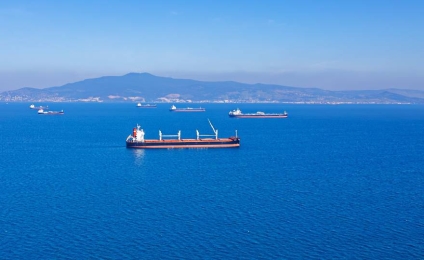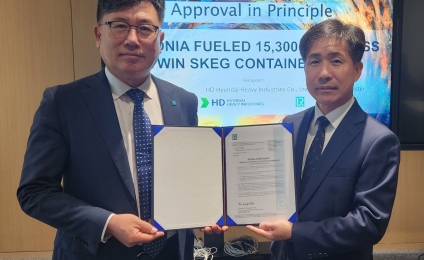Counting down the days to the end of an extraordinary year, the maritime industry assesses the impact of the implementation of the tightest sulphur limit mapped by MARPOL Annex VI, Regulation 14 that requires a maximum sulphur content of 0.50% m/m for marine fuels across the globe outside the ECAs.
There have been distinct perceptions of anticipated VLSFO (Very Low Sulphur Fuel Oil) quality before the implementation date, which saw several industry stake- holders raising concerns over fuel availability, pricing and consistent implementation of the regulation across the globe.
There had been doubts around the availability of VLSFO and whether it would sufficiently meet the demand of the worldwide fleet prior to 2020. However, after the first year of implementation, Lloyd’s Register FOBAS (Fuel Oil Bunker Analysis and Advisory Service) data suggests that there is VLSFO availability in 133 countries and more than 1,000 ports, with no incidents of non-availability reported so far. There has been a shift of almost 10% in use of distil- late fuel by the world fleet and 1 in 10 bunkerings are carried out for scrubber-fitted vessels.

Despite the dispute around VLSFO availability, the expect- ed variation in quality and subsequent operational requirements has been confirmed by the statistical data. The basis of VLSFOs has be- come largely paraffinic in comparison to the predominantly aromatic nature of conventional residual fuels. This shift to more paraffinic fuels has changed key fuel quality characteristics including the viscosity, density, the pour point, as well as the ignition profile and the energy content of marine fuels. Fuel viscosities now spread across a broad range from few centistokes – comparable to distillate fuel grades – up to over 380 cSt (at 50oC). Furthermore, roughly 80% of VLSFOs in the market has a fuel viscosity between 20 and 180 cSt, whereas fuel viscosities between 180 and 380 cSt only represent ap- proximately 15% of the market (as presented Figure ). With regards to the pour point, an immense 95% of conventional high sulphur residual fuels used to lose flowability below 6 Co, whereas 50% of the VLSFOs now have a pour point above 6 deg C. The variations in fuel viscosity and pour point require significant operational adjustments on a case-by-case basis, to the fuel handling temperatures on board from storage to purification and injection. On the bright side, the thermal content and ignition profiles of VLSFOs appear improved up to 10% on certain ignition parameters.
Overall, the question on everyone’s lips is whether the VLSFO delivered globally in 2020 met the specification requirements of ISO 8217, in other words, were they ‘fit for purpose’? January 2020 saw a slight increase in specification failures primarily due
to increased breaches of the maximum sulphur content, however the frequency of off-specification fuels eventually dropped to usual levels. The main reason for specification failures this year has been the increased total sediment which reflects the VLSFO compromised stability with most operators having reported sludging issues in course of using these fuels.
Fuel stability throughout usual on-board storage time requires specific attention. VLSFOs present lower tolerance to fuel mixing as well as to the typical thermal and mechanical stresses during storage and handling. Data suggests that the increased tendency to sludge deposition may in certain cases also be attributed to the use of certain cutter stocks in VLSFO fuel blends that were not as common in previous years. VLSFOs need to be loaded in empty tanks, not be mixed with other fuels and ideally be consumed as soon as possible.
A surge in the frequency of reported excessive wear of cylinder components has also been noted during the first few months of using VLSFOs, leading to OEMs, Cylinder Lub Oils (CLO) manufacturers and marine fuel experts investigating the common root cause. Industry research has identified this is a multi-dimensional problem. The combined contributions of the new fuel ignition profiles, the use of CLOs with lower Base Number (BN) at adjusted feed rates and the cylinder component material performance have resulted in reported problems, which operators now appear to have overcome.
The key to successful fuel handling lies with well-planned fuel management from procurement to exhaust. We would encourage shipowners and operators to reference the guidelines available for best industry practices issued by the IMO and other high-end organizations, which, in combination with open communication among involved stakeholders, can ensure smooth operations. Our industry has once again shown good reflexes and built-in resilience when going through such a demanding change and managed to adapt to the new fuel requirements without major issues.
* Regional Operations Manager, Europe & the Americas in Lloyd’s Register, addresses key considerations and learnings since IMO 2020 went into force










